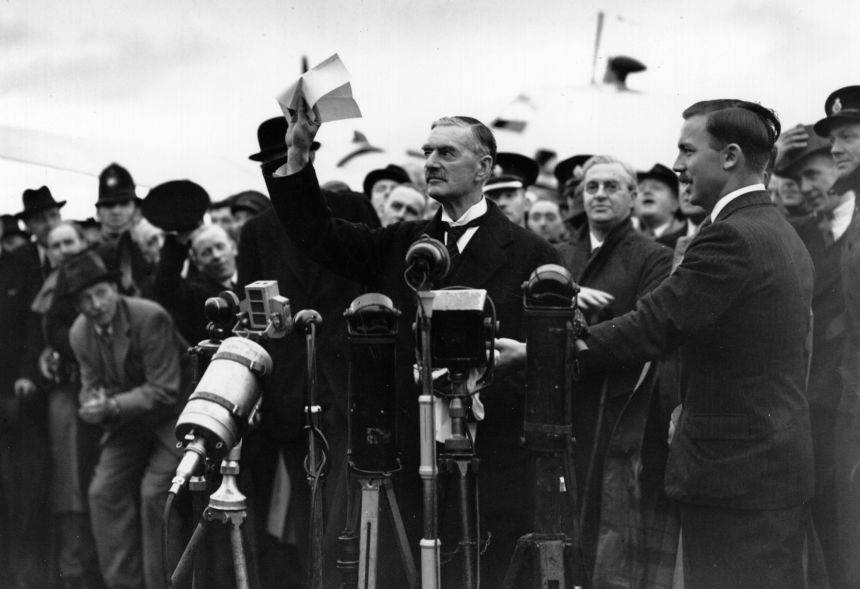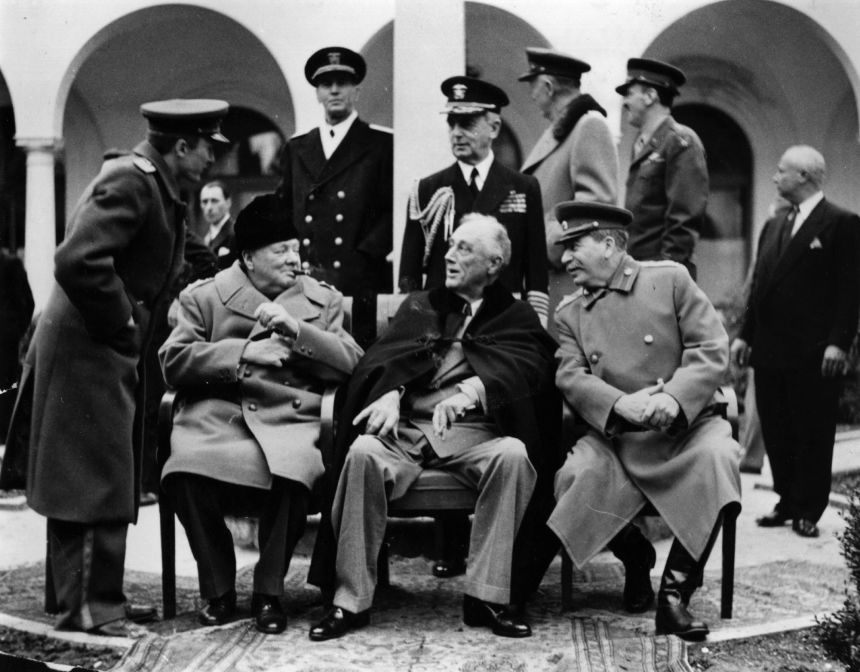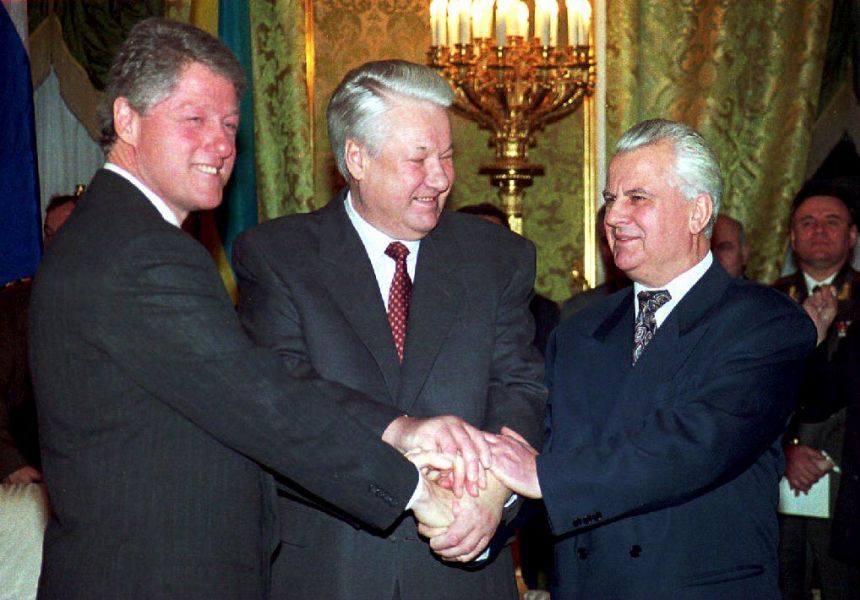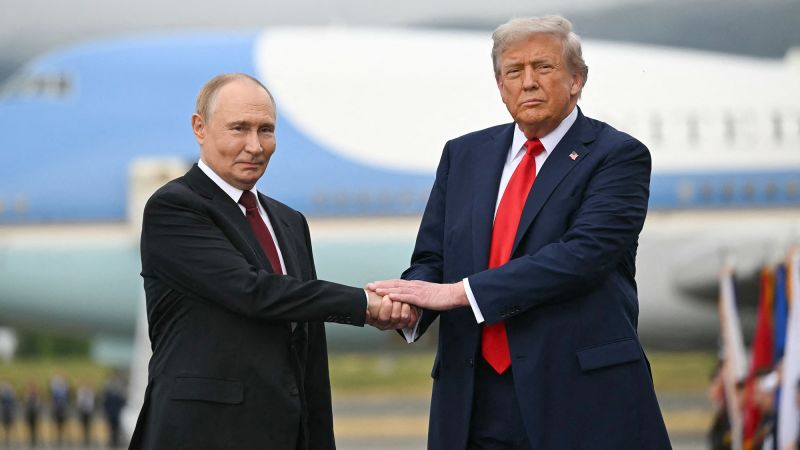For Ukraine, history is a battlefield. Months before Russian President Vladimir Putin launched his full-scale invasion, he published a brooding, 5,000-word article that made the case for dismantling the country; in his speech to mark the start of Russia’s offensive he reeled off a litany of historical grievances against the West; and months into the war, he cast himself as the successor to Russia’s modernizing tsar Peter the Great.
History lessons are now haunting Ukraine again. As US President Donald Trump pushes for a negotiated end to the war there, politicians and pundits are searching for the right analogies to explain the precarious moment Ukraine finds itself in – and to gauge the risks it faces in any diplomatic process.
Parallels are imprecise, but the current moment resonates with three key chapters in 20th century diplomatic history: Munich in 1938, Yalta in 1945 and Budapest in 1994.
The Munich Agreement – the deal that ceded the Sudetenland region of Czechoslovakia to Adolf Hitler’s Germany in a bid to avert war in Europe — is the granddaddy of historical analogies.
Over the years, it’s become convenient shorthand for appeasement: Giving away the Sudetenland emboldened Hitler and paved the way to a world war. Critics of Trump have likened the president’s willingness to meet Putin one-on-one in Alaska – and his suggestion that Ukraine may have to accept the loss of territory – to British Prime Minister Neville Chamberlain’s mistake of taking Hitler at his word.
“Trump’s magical thinking threatens a slow-motion Munich –—repeating the mistake of appeasement,” Democratic Sen. Richard Blumenthal wrote on X. “Coddling a bloodthirsty murderer with pieces of territory & promises of good behavior didn’t bring ‘peace in our time.’ Appeasement will bring Trump no closer than Chamberlain to the Nobel Peace Prize.”

But there’s also a specific military angle to the Munich comparison. The deal allowed the Nazis to bypass an extensive network of fortifications, essentially rendering Czechoslovakia defenseless. Likewise, military analysts note that if Russia is allowed to occupy the rest of Ukraine’s Donetsk region in any peace deal, it will potentially hand Putin’s forces control of fortress cities such as Sloviansk and Kramatorsk, which form a vital part of Kyiv’s defensive belt.
Another historical parallel in play is the 1945 Yalta Conference, a meeting between US President Franklin D. Roosevelt, British Prime Minister Winston Churchill and Soviet dictator Josef Stalin that set the terms of the post-World War II order in Europe.
Seen at the time as a triumph of wartime diplomacy, the legacy of Yalta is today viewed through a more pessimistic lens – particularly in Eastern European countries, where it is seen as the meeting that ultimately left them behind the Iron Curtain and consigned millions of people to live under Communist rule.
To some observers, Trump’s push for a potential grand bargain with Putin also carries risks of selling out Kyiv, especially if possible outcomes are negotiated over the heads of the Ukrainians.
In a post on X ahead of the Trump-Putin meeting in Alaska, former US Ambassador to Russia Michael McFaul wrote, “The Trump-Putin meeting in Alaska cannot become Yalta 2.0. I hope President Trump, @SecRubio, and their team are working hard to make this a meaningful summit, and not a moment of capitulation.”
Not surprisingly, Putin is a fan of great-power deals. In a speech at the UN General Assembly in 2015 – delivered on the eve of his country’s military intervention in Syria – Putin spoke approvingly of Yalta, saying the security architecture hammered out at the Soviet resort “helped humankind pass through turbulent, and at times dramatic, events of the last seven decades. It saved the world from large-scale upheavals.”

Historian Sergey Radchenko, responding to McFaul’s post on X, offered a nuanced view of the Yalta analogy, noting in a lengthy thread that “Yalta had no realistic alternatives because by February 1945 the Soviets were already rolling over Eastern Europe. FDR was not in a position to expel them from there. The only thing he could do was to extract hollow promises of elections from Stalin.”
But the Yalta option is not the only diplomatic avenue available today, Radchenko added, because the US does not need Russia for anything, and is able to help Kyiv in constraining Moscow’s ambitions. “Far from conquering Eastern Europe, Russia can’t even conquer Donbas,” he wrote. “In short, just as Yalta had no viable alternatives, Yalta 2.0 has a very viable alternative, which is something that should have given the Trump administration considerable advantage in negotiating with Russia.”
The Budapest Memorandum
As European allies seek to find security guarantees for Ukraine, memories of the 1994 Budapest Memorandum – under which a newly independent Ukraine agreed to give up the nuclear weapons parked on its territory after the collapse of the Soviet Union – also loom large.
That scrap of paper, which was signed by Russia, contained a pledge to respect Ukraine’s sovereignty and territorial integrity. Those promises did not spare Ukraine from Russia’s annexation of Crimea in 2014 and the 2022 full-scale invasion.
Speaking on CNN, former Ukrainian President Petro Poroshenko suggested that the security assurances outlined in the memorandum were toothless.

“As the president of Ukraine, I had a security guarantee in the form of the Budapest Memorandum,” he said. “This is not working. Any other security guarantee except (one that is) binding – this is unacceptable.”
Ukraine now faces another historic inflection point as diplomats scramble to find the right venue and the right formula for peace talks. Whether this moment will be remembered as a dark chapter in European history remains to be seen.

